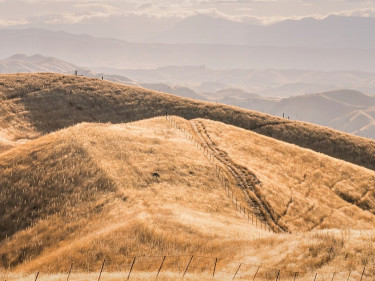Live rurally and want to make sure your home is fire safe? Here’s a quick and easy checklist you can use to spot any risks or hazards that might cause a fire.
Walk through each part of your house and check off each point as you go. If a point doesn't apply to you (for example, if you don't have a fireplace), give it a tick.
This checklist is for people who own a house in a rural area.
- If you're renting, check out our renter's home fire safety checklist.
- If you live in an urban area (like a city or suburb), check out our urban home fire safety checklist.
To reduce the risk of fire in your home and nearby vegetation, you first need to assess your home and garden for potential hazards. Use the table below to identify what you can do to prevent and prepare for fire inside and outside your home and in your garden.
Outside and inside the home
|
PART OF THE HOME |
RECOMMENDATIONS FOR REDUCING THE RISK OF FIRE |
|
Roof |
|
|
Windows |
|
|
Eaves, vents and openings |
|
|
Balconies, decks and porches |
|
|
Inside your home |
|
|
Kitchen
|
|
The garden
Make sure emergency services can get to you in an emergency
To reduce the risk of fire in your garden, establish priority zones around your home. Priority zones are areas around your home will help reduce the risk of fire damaging or destroying your home.

Use the table below as a guide to landscaping your garden.
|
PRIORITY ZONE |
RECOMMENDATIONS FOR REDUCING THE RISK OF FIRE |
|
Priority zone 1 |
Create a defensible space or safety zone around your home. Establish lawns, paths, drives and cultivated soil between buildings and flammable vegetation Saw or prune all dead or dried up branches, twigs and leaves from existing vegetation, and remove Compost, mulch or remove any section or yard waste materials Convert remaining vegetation to less fire-prone species Thin and prune vegetation away from the immediate area of your home Store firewood, building material or other combustible debris piles away from your home – at least 10 metres during the fire season |
|
Priority zones 2 and 3 |
Create environments that will not support high intensity fires.
|














